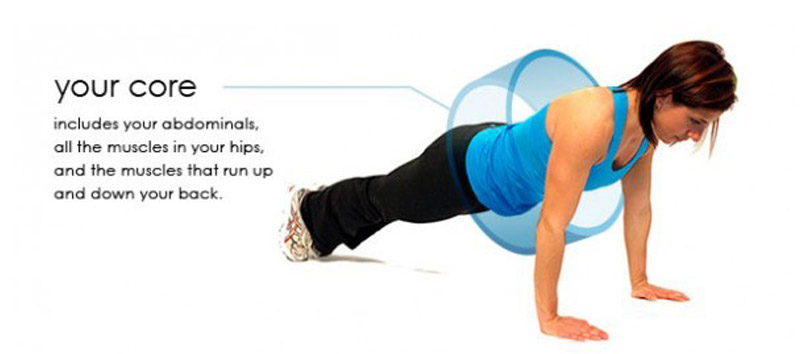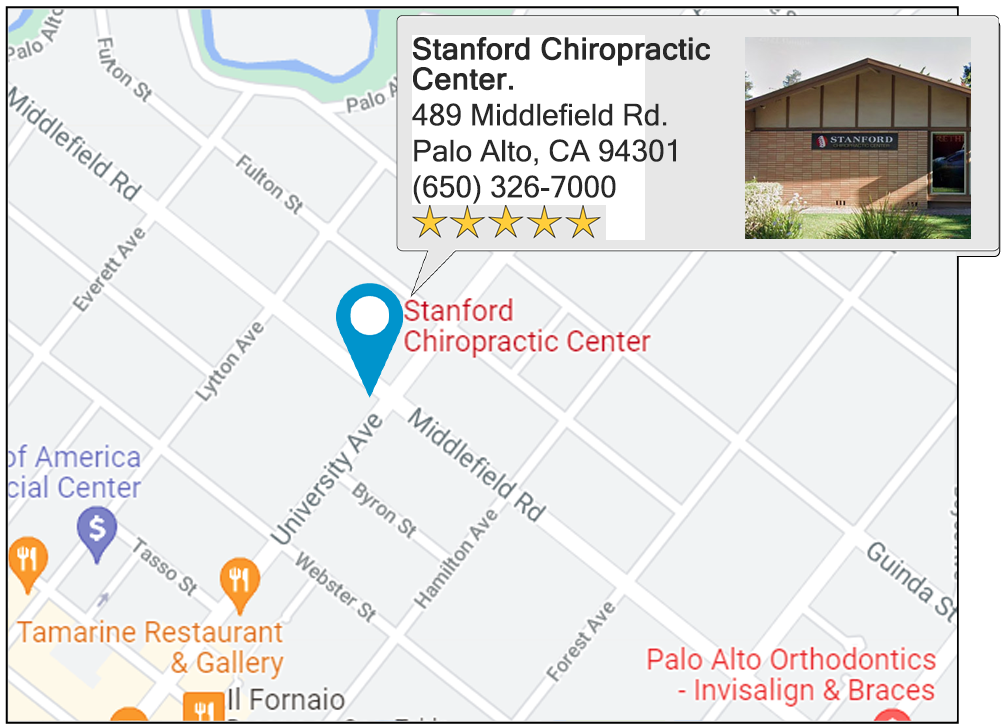Getting to the Core of CORE Exercises
You may picture massive muscles on sculpted people, lifting heavy weight and jumping like super man onto 4ft blocks, leaping and swing from tall buildings, when you think of Core Strengthening.
In actuality in everyday activates and all people we use core strengthening techniques. Everyone uses core strength when placing heavy grocery bags into the trunk of your automobile, carrying a gallon jug of milk from the refrigerator to the dining room table, and even walking to the mailbox.
When your core strength is diminished, even bending over to pick up a pencil may result in a serious spinal injury. Weakened core musculature causes simple, daily physical activities to be problematic. When standing up from a seated position or getting into a car causes you to experience twinges in your back, you may be sure your core muscles are not working in the manner for which they were designed.

What Are Your Core Muscles?
Your core muscles consist of the four abdominal muscles – the transversus abdominis, internal obliques, external obliques, and rectus abdominis – and back muscles such as the erector spinae, longissimus thoracis, and multifidi. The most important core muscle may be the transversus abdominis, a sheet of horizontally oriented muscle that lies underneath the other abdominal muscles and provides deep mechanical support to the low back and pelvis. Similarly important are the multifidi, a group of small, powerful, deep spinal muscles that interconnect pairs and series of vertebras.
In this century, we as a people spend far more time behind desk for work and less time doing physically demanding work. In times past, when the concept of work meant actual physical labor, there was no need to pay attention to training the core. In those days, your core muscles were being trained all day long by lifting, carrying, pushing, and pulling loads with heavy resistances and/or bending, digging, hoeing, planting, and raking.
Now, due to our lack of movement, the core musculature will weaken drastically, unless specific attention is paid to training these muscles.
What Are Your Core Muscles?
- Yoga - A DVD at home, or in a class, is a perfect complete core muscle exercise.
- Physioball - There are many exercises that can be done with this tool.
- Dynamic Exercises - Exercises such as the plank provide substantial core benefit and the only equipment requirement is a mat. Other dynamic exercises include squats, gluteus-bridge, lunges, jumping jacks, and the grapevine.
- Daily Household or Yard Work - How to keep it really simple… While doing your daily activities think about what you are doing and add an extra extended lateral twist or deep squat when throwing in the laundry, or even vacuum with vigor.
Most importantly, when you spend the time to make sure your core musculature is strong, daily physical activities begin to be done with ease and heightened agility. Back pain and other mechanical aches and injuries fade into memory. The overall result is a body that works efficiently and optimally. Thus, a strong core helps provide for a lifetime of health and well-being.
We at Stanford Chiropractic Center believe in maintaining strong Core Strength to provide a platform for a healthy spine and optimal life! Contact us today to have your free consultation and get you on the right track toward maximum health.





